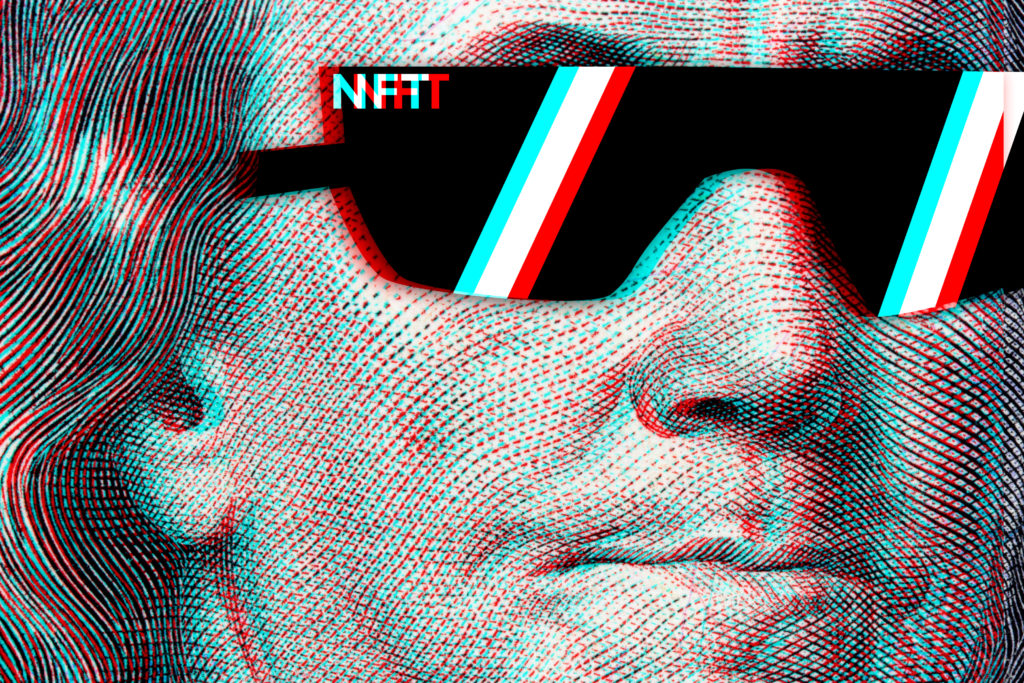When reading about NFTs, you will undoubtedly hear the phrase ‘Photo for Profile’ or PFP for short. These digital assets are a type of NFT rapidly growing in popularity where supporters and communities of a particular NFT can switch their online profile photos to images they proudly own.
PFPs were some of the first NFTs to be launched that were designed to be used as avatars for social media accounts. Computer-generated in order to make each NFT unique, some are more rare and scarce than others, with different traits within the NFT collection becoming mixed with other rarer ones, which makes the NFT even more unique.
Where PFPs started
Originating back in 2017, the very first PFP artwork was when Larva Labs launched ‘CryptoPunks’ which was 10,000 algorithmically generated portraits of punks, all of only 24 x 24 pixels. Since then, PFPs have grown in popularity and mass appeal with even a number of celebrities and influencers showcasing the NFTs they support and own.
At the time, CryptoPunks were given away for free. And in August of 2021, over $1bn in sales was achieved. In June, CryptoPunk #7523 sold for $11.7m in a Sotheby’s auction. And on 28th October, CryptoPunk #9998 sold for 124,457 ETH (about $532m).
PFP projects differ from typical NFT sales. Given the manic buying frenzy, tens of thousands of PFP NFTs are ‘dropped’ on a specific date and time, and are randomly distributed to the buyers at which time the NFTs are minted onto a marketplace such as Opensea.
The booming popularity of PFP Art
During the boom of this year, there have been many successful NFT projects such as:
- Bored Ape Yacht Club (BAYC) – launched in April 2021 with each selling for 0.08 ETH (roughly $250) and by October, sales had surpassed $540m
- Meebits (another Larva Labs project) – comprising 20,000 procedurally generated 3D characters was launched in May 2021, and in July, Meetbits #17522 sold for 1,000 ETH ($2.1m)
- Pudgy Penguins – launched last July, consists of 8,888 portly penguins and were sold out in 19 minutes, with sales volume within 24 hours rose to $14.3m
- Sup Ducks – sold out within 48 hours of their release generating $1.5m in revenue
- MekaVerse – launched more recently on 7th October, saw its sales volume surpass $60m in less than 24 hours
The PFP community
PFP Art is more than just an NFT but a community. The owners get access to community channels, exclusive perks, merchandise, access to exclusive collections, events etc. It makes the NFT collection more exciting since it builds a strong community around a topic that is of interest to a large demographic. So PFP collections unite the digital and physical world, making collecting much more fun and giving users the chance to meet like-minded people.
Considering the tremendous speculation in today’s market, many of the current NFT avatar projects may see a decline. However, the more innovative projects will continue to prosper. With virtual worlds like Decentraland and The Sandbox providing new forms of online social and economic interaction, having a digital identity has become even more important.
PFP NFTs have a bright future ahead, and will become vital for our virtual presence in the online world. Having a unique profile image that can only belong to specific users helps them to avoid the risk of fake profiles being created, preventing the problems associated with online identity theft. So don’t be left behind, as the rise of these collections is only set to grow in 2022 and beyond.
– Originally written by Patrick Ashworth, Founder & CEO, Vizzio Art & Homo Spacien –
